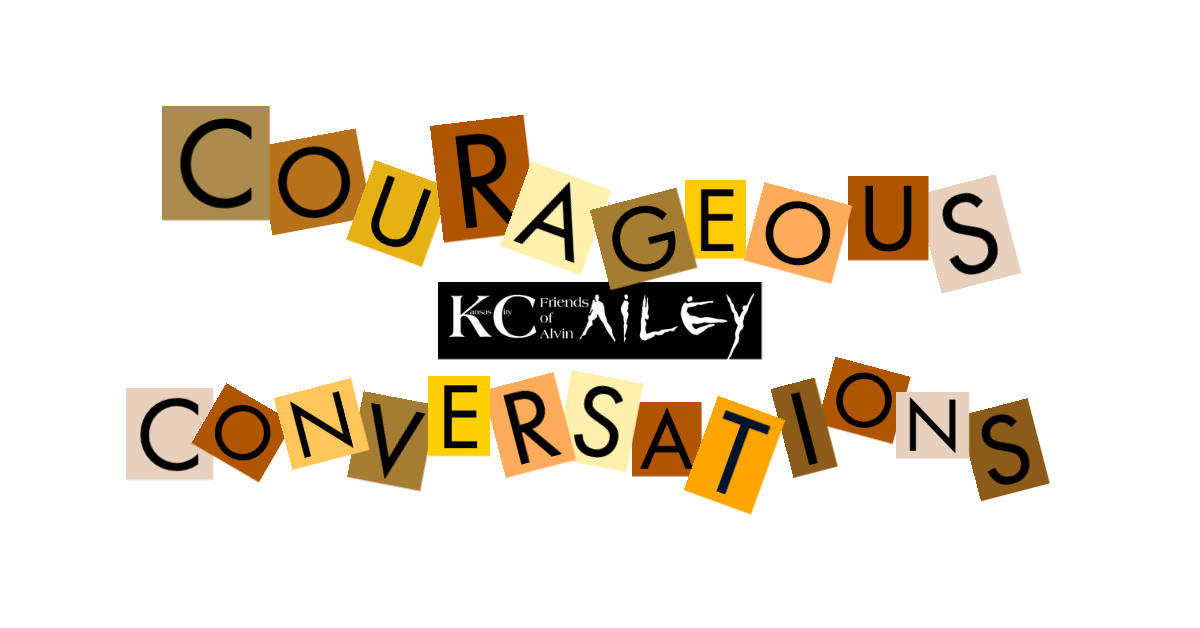

This work is essential but is also sometimes uncomfortable. The purpose of this section is to establish a shared understanding and vocabulary to build on in future modules. We will only skim the surface of these important, complex, and deep-seated issues. In this section, you’ll engage with several important words and ideas related to power, privilege, and bias. Words matter, and words can have multiple meanings. The next step is legitimate action to combat the impacts of oppression. Being an equity-centred educator requires regular and repeated reflection on the Eurocentric assumptions, knowledges, and ways of being that guide our thoughts and actions.īeing aware of which knowledges, experiences, and ways of being in the world are privileged in your discipline, classroom, and institution are a critical first step to making education equitable. It’s important to realize that you do not have to be an expert on these topics to actively engage in self-reflection and conversations with students. Am I aware of if/how my biases and privileges might take up space and silence others?.Does my power and privilege show up in my work? If so, how?.What privileges and power do I hold? In what ways do I exercise my power and privilege?.In what ways does my social and geographical location influence my identity, knowledge, and accumulated wisdom? What knowledge am I missing?.Where do you fall on the following continuum? I have not

Take a moment to reflect and think deeply about your own identities and how they relate to this module.Ĭonsider your own personal learning about the topic. Reflecting on our identities and acknowledging how they manifest in our education practice is ongoing work.

We hope these questions help spark your thinking in new and creative directions.
#Courageous conversations model professional#
Throughout the module, we use this icon to suggest times to reflect on a concept, your professional practice, or yourself.

This conversation, initiated by a student holding dominant identities, could very well be described as difficult.Īs an instructor, I was forced to confront a perspective different from my own -one that I was shocked to learn my student held and one that I personally found reprehensible. During the final class, a student who identified as white, male, and upper middle class advocated removing poor children from their families and placing them in boarding schools. Years ago, I taught at a predominantly white institution. This is one example of a courageous conversation from the article On ‘Difficult’ Conversations By Derisa Grant Anticipate circumstances that could lead to a courageous conversation and make a plan for handling them effectively.Evaluate techniques and strategies to help you and your students navigate challenging situations and courageous conversations.Reflect on how your personal and social identities affect your response to conflict and develop greater self-awareness.Articulate what can make conversations challenging.5 Navigating Courageous Conversations Learning Objectives


 0 kommentar(er)
0 kommentar(er)
